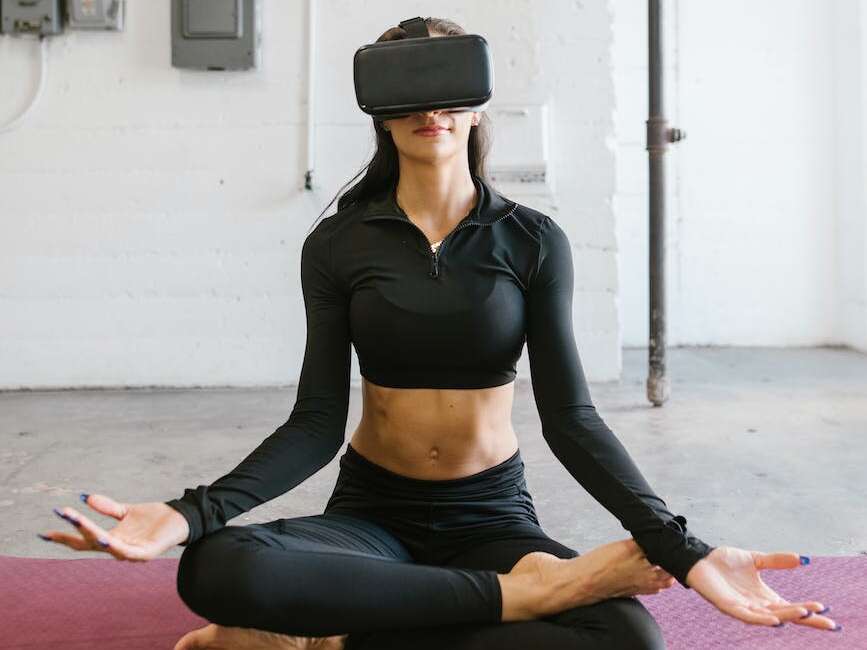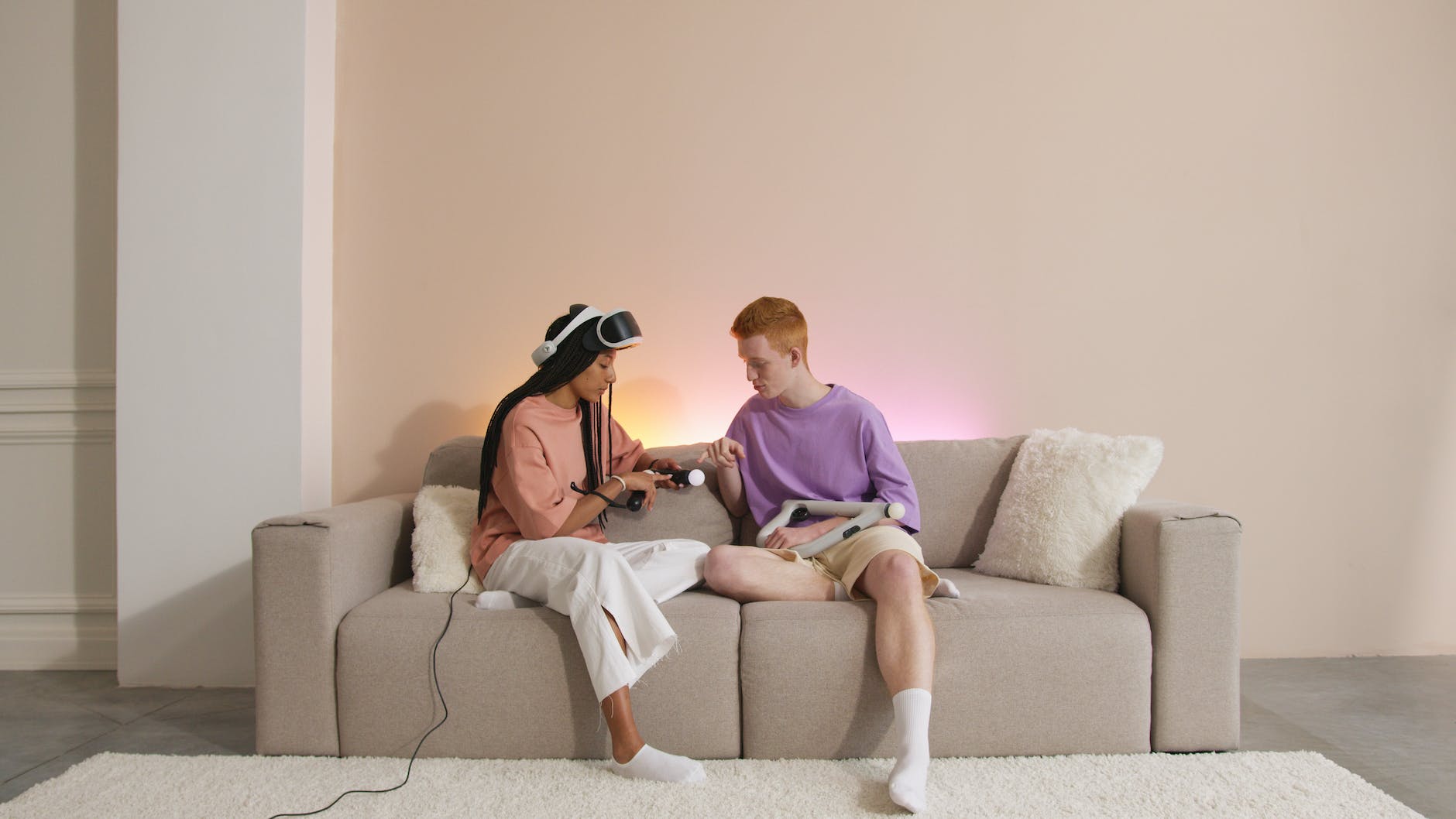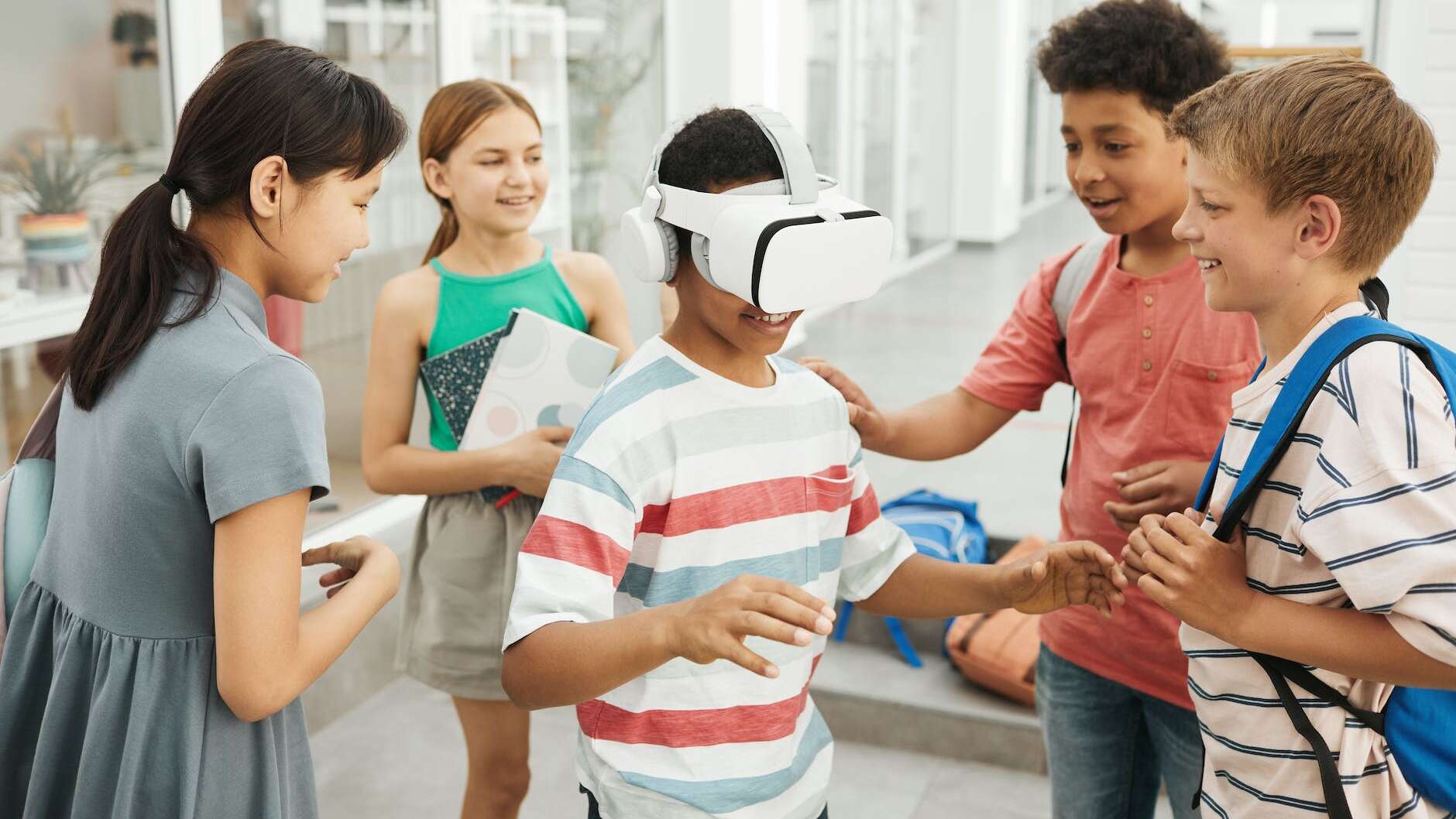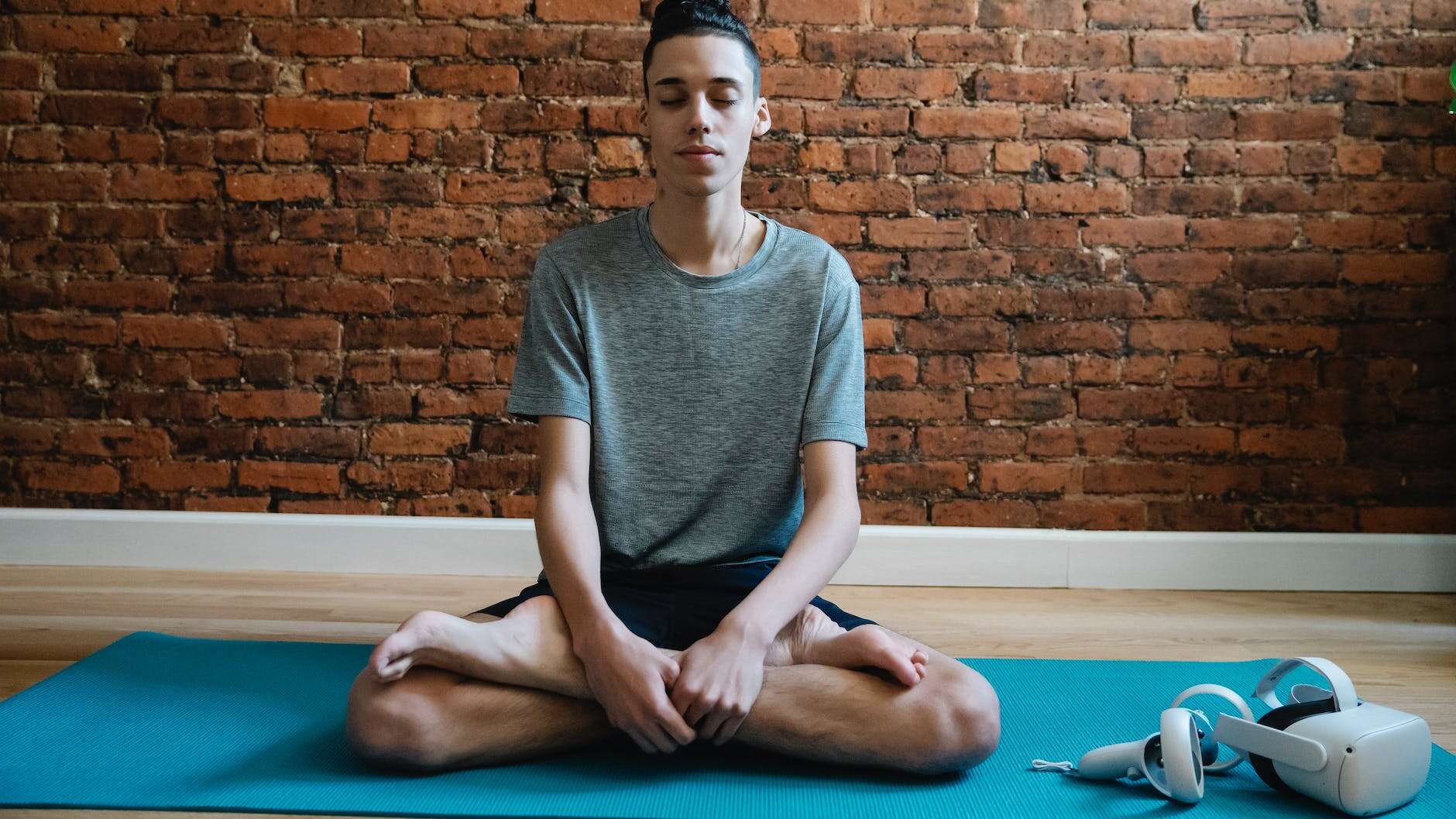Virtual reality (VR) therapy offers a new approach to psychological treatments, and it’s showing promise in the field. VR can be used to treat anxiety disorders, post-traumatic stress disorder (PTSD), phobias and other conditions. In fact, some studies have found that VR exposure therapy is as effective as more traditional forms of therapy and can be more cost-effective.

Virtual interventions for young people with psychosis are seen as a promising way to augment psychological treatments.
Virtual reality therapy is a promising way to augment psychological treatments for young people with psychosis. It can be used as a standalone therapy, or as an adjunct to other therapies. Benefits of virtual reality therapy include lower cost and fewer side effects than in-person meetings, which can make it more appealing for patients and families.
Virtual reality has shown promise in treating a variety of mental health conditions including depression, anxiety disorders and post-traumatic stress disorder (PTSD). Virtual interventions are being studied at institutions across the world; however research into their efficacy has been limited so far due to scarcity of resources available within this field.
Here’s what you need to know about virtual reality and mental health therapies.
Virtual reality (VR) therapy is a new form of treatment for mental health issues. It can be used to treat anxiety, depression and other mental health issues. VR therapy is not a replacement for medication; it’s more like an adjunct to medication or as part of traditional forms of therapy.
Virtual reality allows patients to experience things that may help them cope with their symptoms in ways that aren’t possible with traditional methods such as talking therapies or medications.

Interventions can reduce anxiety, depression and stress in people with schizophrenia.
Here is a list of interventions for people with schizophrenia:
- Interpersonal psychotherapy (IPT) – This type of therapy helps patients learn how to manage their relationships with others. It also teaches them how to express emotions and develop social skills.
- Cognitive behavior therapy (CBT) – CBT is an approach that focuses on changing the way you think about yourself as well as your relationship with others. It can help you feel better by reducing anxiety, improving self-esteem and making healthier lifestyle choices, such as exercising regularly or eating healthily.
- Dialectical behavior therapy (DBT) – This form of therapy helps people learn effective ways of managing their emotions so they don’t have negative thoughts spiral out of control like those experienced by those suffering from schizophrenia
VR can help with social anxiety, OCD, substance abuse and more.
VR therapy has been used to treat a range of disorders including:
- Social anxiety disorder (SAD) – A person suffering from SAD will experience excessive fear of being judged and humiliated by others in social situations. This may include situations such as public speaking or meeting new people. In some cases, the sufferer may avoid leaving their home altogether because they are afraid that their anxiety will get worse if they do so.
- Obsessive Compulsive Disorder (OCD) – People who have OCD often find it hard to stop focusing on certain thoughts or ideas no matter how much they try not to think about them; alternatively someone suffering from this condition might feel compelled by obsessive thoughts resulting in repetitive behaviours such as washing their hands over-and-over again until they feel clean enough; crying whenever something bad happens even though there’s nothing wrong!

VR can be especially helpful for patients who struggle with personal relationships, or have trouble leaving the house.
VR can be especially helpful for patients who struggle with personal relationships, or have trouble leaving the house.
VR is a powerful tool that can help you practice social skills and build confidence while interacting with other people in VR. It also helps improve your ability to manage anxiety and emotions by giving you exposure to role-playing scenarios where there are no consequences for your actions.
The most common use case for virtual reality therapy is treating psychosis, but it can also be used for depression, PTSD, autism spectrum disorder (ASD), schizophrenia spectrum disorders (SSD), eating disorders like anorexia nervosa or bulimia nervosa.

VR exposure therapy has been shown to be helpful for treating phobias, but it’s still experimental.
VR exposure therapy has been shown to be helpful for treating phobias, but it’s still experimental.
The procedure involves exposing patients to a feared stimulus in a controlled environment and then guiding them through the experience of confronting their fears without actually having to experience them. The idea is that by repeatedly facing this kind of stimulus, you’ll build up your tolerance and eventually desensitize yourself—a process which should help reduce your anxiety over that particular fear-inducing situation.
VR helps patients practice interpersonal skills like eye contact and social boundaries.
Virtual reality can help patients practice interpersonal skills like eye contact and social boundaries. This is particularly important for people with psychosis, who may be prone to acting out or becoming overwhelmed when they feel afraid of their surroundings.
VR is a safe way to practice social skills and therefore it’s a helpful tool for practicing these more difficult aspects of life as an individual with mental illness.

A variety of companies are using virtual reality technology to create immersive therapeutic experiences.
Virtual reality (VR) is a technology that uses computer generated images and sound to create an interactive environment. In recent years, VR has become more accessible through the use of VR headsets such as the Oculus Rift or HTC Vive. These devices allow users to interact with the virtual world through motion controllers and voice commands, allowing them to feel as though they are actually present in this new environment.
A number of companies have been using this technology for mental health purposes such as anxiety disorders, depression and PTSD among others including:
- Affectiva – designed specifically for emotional distress assessment
- Alaris Health – uses VR therapies for individuals who struggle with social anxiety disorder and generalized anxiety disorder
Conclusion
I hope this article has been helpful for you to understand how virtual interventions can be used in the treatment of youth psychosis. These tools can help us effectively treat patients dealing with these issues. They are an innovative and exciting new area of mental health care which deserves more attention from researchers and clinicians alike!





